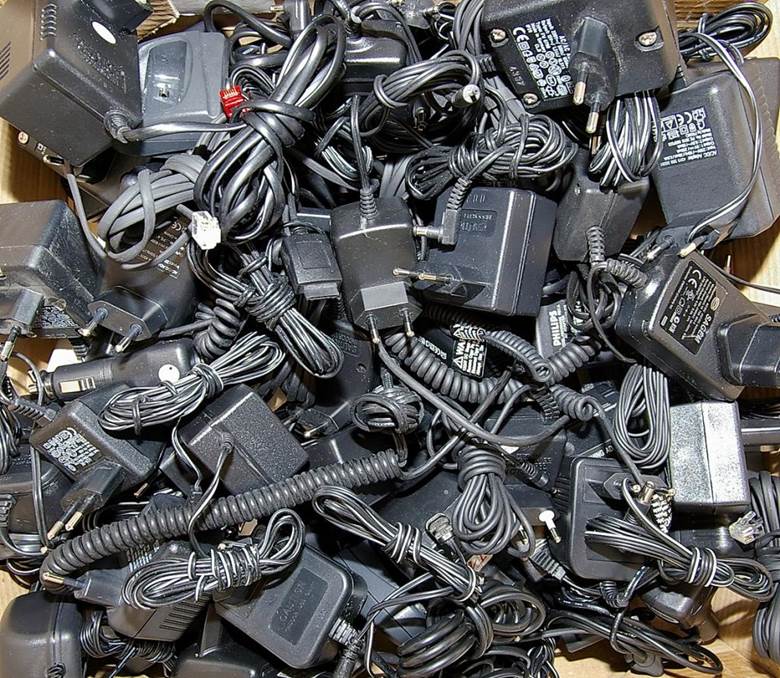Free Courses Sale ends Soon, Get It Now


Free Courses Sale ends Soon, Get It Now



Copyright infringement not intended
Context: International E-Waste Day is held on October 14 every year as an opportunity to reflect on the impacts of e-waste. This year’s slogan is ‘Recycle it all, no matter how small!’.
Details:
E-Waste (Management) Rules, 2016:
Ranking 3rd in terms of e-waste generation is a cause of concern for a country like India. Hence, the major problem here is not manufacturing but the management of electronic waste.
How big this problem is?
What’s the ground situation concerning e-waste in India?
In terms of the challenges posed by electronic waste a lot needs to be done
Must read:
https://www.iasgyan.in/daily-current-affairs/e-waste-13
© 2024 iasgyan. All right reserved